 Since then, much progress. Resources still early G1 were enhanced for system-fetched that we see today, with numerous variations, depending on how each manufacturer prefers to configure the operating system open source.
Since then, much progress. Resources still early G1 were enhanced for system-fetched that we see today, with numerous variations, depending on how each manufacturer prefers to configure the operating system open source.
Android 1.0 (still no name)
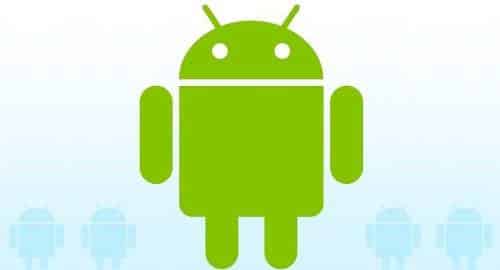
First commercial version of the operating system, launched on September 23 , 2008. Already possessed Google applications and several other basic features, but at the time were innovative, such as a media player, web browser, and support for Wi-Fi and Bluetooth.
Android 1.1 (no surname)
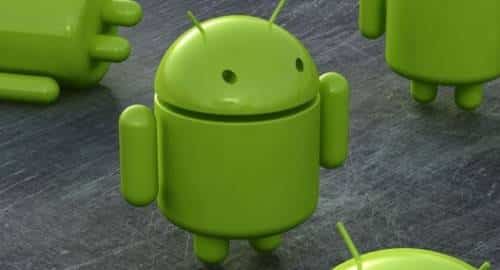
First system update, released on February 9, 2009, corrected glitches and bugs from version 1.0 and not brought major innovations. Among the novelties are the details and reviews of local display when the user do a search on Maps and interface improvements to make calls.
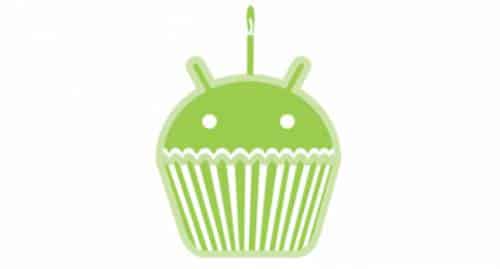
was the first version of the operating system to receive an affectionate nickname for dessert, which became standard thereafter. Launched on April 27, 2009, she was the inclusion of widgets, which are still the trademark system, and recording and playback of videos in MPEG-4 and 3GP. Also included transitions animated screens and improvements on the keyboard, which started to operate with the phone vertically and horizontally, words endure customized by the user and enable installation of keyboards developed by third parties.
Android 1.6 (Donut)
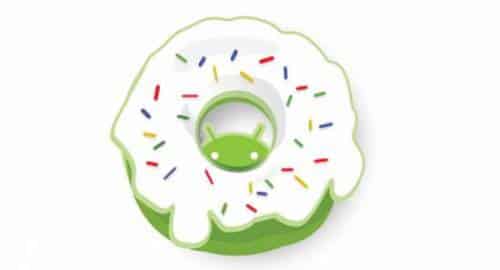
The version was released on September 15, 2009 and brought support 800×480 resolution and the inclusion of a search box already on the Home screen to facilitate internal research and on the web. Also had improvements in accessibility and inclusion of a speech synthesis system.
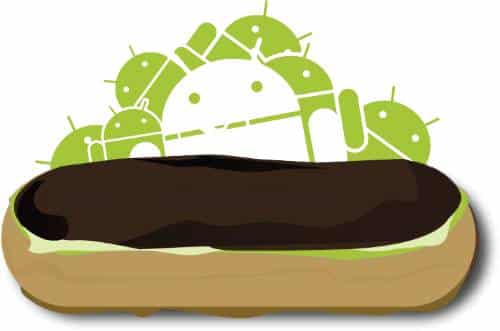
The” chocolate bomb “was released on October 26, 2009 and marked the first radical update of the mobile operating system from Google. Brought a new interface, optimized hardware speed and HTML5 support in the browser. The system still had the possibility of including multiple accounts on the device to sync contacts from several different sources, in addition to providing support the protocol and Microsoft Exchange email. Later updates only brought bug fixes. Android 2.2 to 2.2.3 (Froyo)

Launched on May 10, 2010. The release was marked by several innovations that ran “under the hood” of the system and were practically invisible to the user, with optimized speed, memory and performance. Brought the possibility of turning your phone into a Wi-Fi hotspot and installing applications on removable memory cards. Updates later brought only fixes security holes and bugs smaller.
Android 2.3 to 2.3.7 (Gingerbread)

was the most popular version of Android until recently, and also more lasting gift today in cheaper devices. It was released on December 6, 2010 and brought renewed and simplified interface and supports HD resolution and NFC.
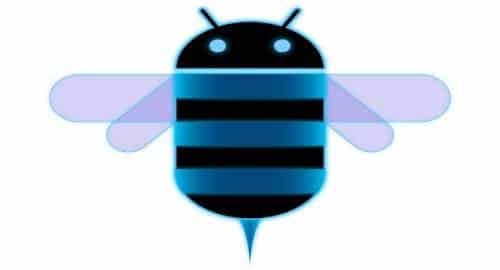
was the only operating system designed for tablets, launched on 22 February in 2011. Your new interface “holographic” has been optimized for this type of device. He has improved and simplified camera multitasking and support for multicore processors. The internet browsing has also been improved, with the novelty of the incognito mode. The system also has to allow for the encryption of all user data. Most Smart TVs with Google TV system used a modified version of Honeycomb 3.2. Android 4.0 to 4.0.4 (Ice Cream Sandwich)
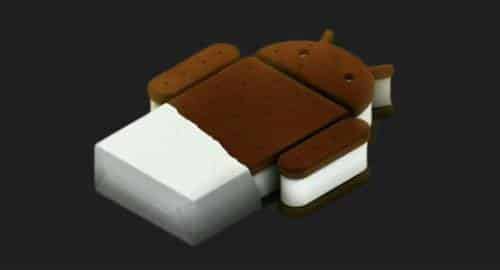
Released on October 19, 2011, version for smartphones brought the virtual buttons available in tablets with Honeycomb, abolishing the need for physical keys on devices . Introduced the Android Beam, which allowed fast sending files by nearby devices through NFC. Also included the ability to access apps directly from lock screen and unlock using facial recognition. Chrome now accepts tabbed browsing (up to 16 simultaneous tabs), and the system brought native photo editor. Android 4.1 to 4.3 (Jelly Bean)
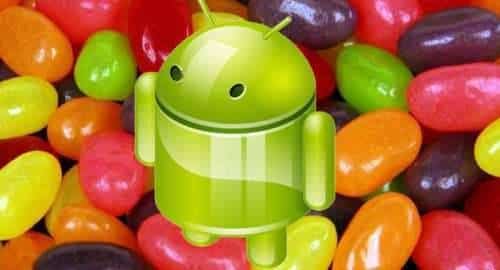
latest version of Android, present in most modern devices, both tablets as smartphones. It was released on July 9, 2012 and brought a revamped interface notifications and more elegant and expandable. The issue also brought support for Android Beam via Bluetooth. Already included 4.2 Photo Sphere technology to produce images in 360 and brought the possibility to perform gestures on the lock screen to quickly access the camera the cell.
The 4.3 had other minor changes, but one important was the ability to use the volume button for the camera, in case of appliances with pure Android. Was improved Bluetooth, keyboard and implanted profiles restricted to prevent children make purchases with the card without parent permission, for example.
Android 4.4 (Kit Kat)
Little is known about the new operating system version, except the name, granted as a result of a partnership between Google and Nestlé. Purported photos of the new Android interface has been leaked, as you can see by clicking here.
No comments:
Post a Comment